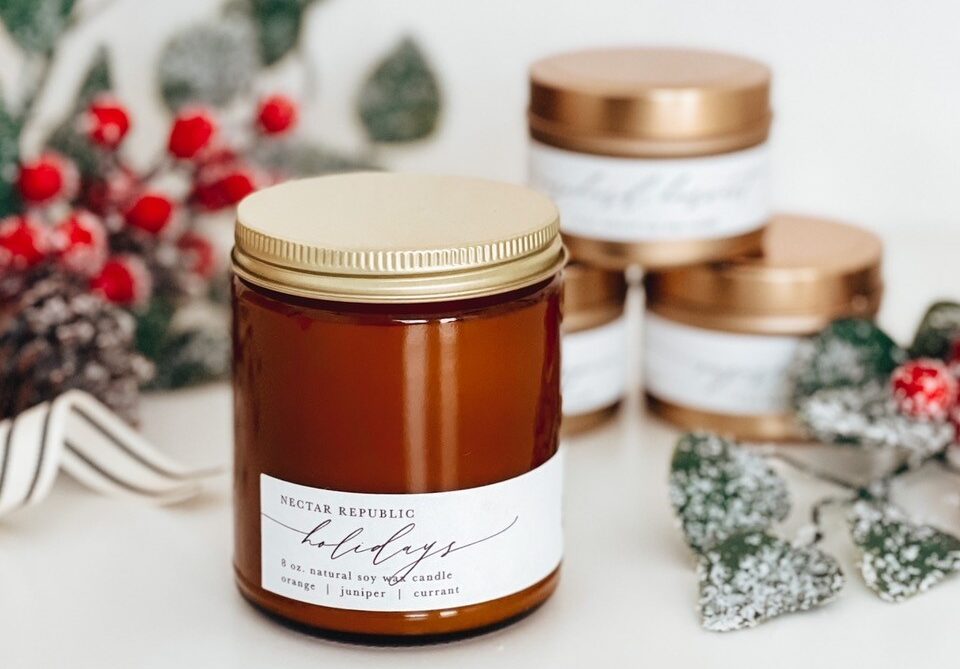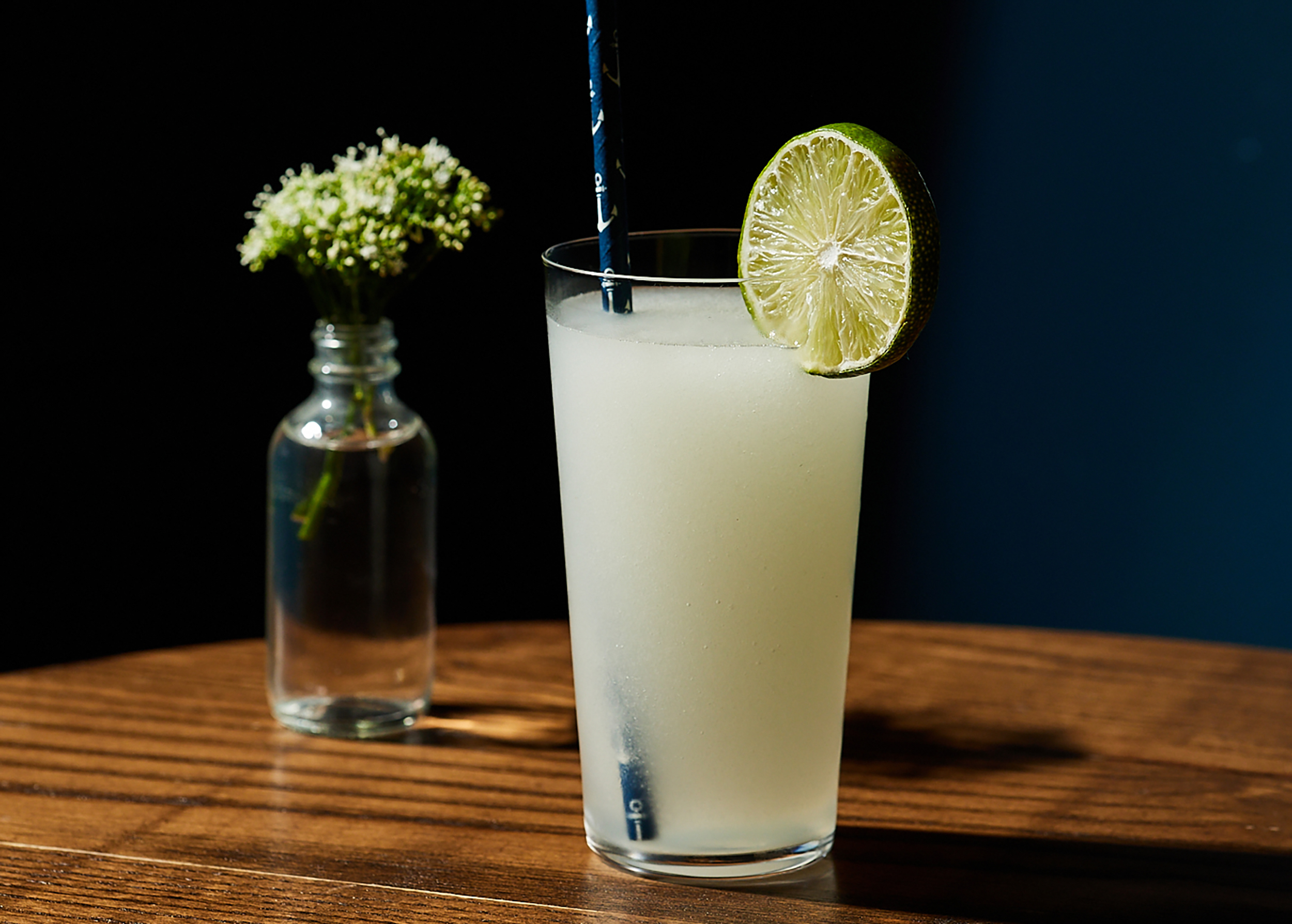“Christmas joy” is not the only thing you’re inhaling from your candles this holiday season. Many candles bought at big-box stores present a range of health concerns for you, your family, your pets and the environment.
Candles often include palm, paraffin, gels, synthesized, beeswax and soy as well as blends of waxes. There are also waxes that are newer to the U.S. market like coconut and apricot. The most widely used wax is paraffin. As an inexpensive wax, it can hold a lot of color and fragrance. But it’s a byproduct of the oil industry. Parrafin is classified as a petroleum wax that roots from petroleum, coal and oil shale.
“You’re getting what you pay for,” says local candlemaker Scott Anderson from Earth and Sky Candle. “If you’re paying five bucks for a candle it’s pretty much guaranteed that they’re going to be using a paraffin or paraffin blend.”
In contrast, soy wax is commonly used by Kansas City’s nontoxic candlemakers. It’s more expensive but since it’s made from soybeans it’s considered more eco-friendly than paraffin. As a byproduct of the soybean industry, there are pros of the wax being sourced locally but cons of pesticides used in the process.

“You really have to be sure that you use in the right percentages of oils and wax,” says candlemaker Amanda Curtis from Crimson Candle Co., “We really thought it was really important to do something that was sustainable that was grown by U.S. farmers and that would be healthier for your home, your family and your pets.”
If you’re looking for one-hundred-percent soy, read the label carefully—it it doesn’t say the candle is 100% soy it contains parabens.
Another eco-friendly option is beeswax. It’s one of the oldest forms of candle wax and comes from bees during their honey-making process. The naturally sweet wax releases ions in the air that connect with other particles in the air and weigh it down to the ground, cleansing the air and burning longer because it’s a harder wax.
“We wanted to really kind of tie it into mother nature,” says candlemaker Lisa Williams-Laufer from Nectar Republic Co., “also present our fragrances in a way that also correlates with what’s out there in nature.” The company donates 5% of its profits to “Save the Bees.”
Fragrances are just as important as the wax used. It’s very common for phthalates to be present. Phthalates are chemicals that make plastic flexible and soft. Earth and Sky Candle, Crimson Candle Co and Nectar Republic Co. use phthalate-free fragrances. The liquid form of plastic is used in hundreds of consumer products.
“There’s a whole debate about that,” says Andersen. “I just don’t want to even be around that so all of our fragrances don’t have that in them.”
If the candle’s label does not say it’s “phthalate-free” then chances are it has them.
Essential oils are a great alternative but are a lot more expensive for much less.
Wicks are the messengers of scent. Lead wicks were banned in the U.S. in 2003, but you should still look at the label carefully. A cotton wick is good but not the best for fragrance distribution compared to wood or hemp. Keeping the wick trimmed is one of the most common tips candlemakers advise for a better burn, better usage of the candle and a cleaner burn. Soot can result from an untrimmed wick.
Candles help make a room feel warm and comfortable. Make sure the candles in your home this holiday season has everything you now know you want for your health.





